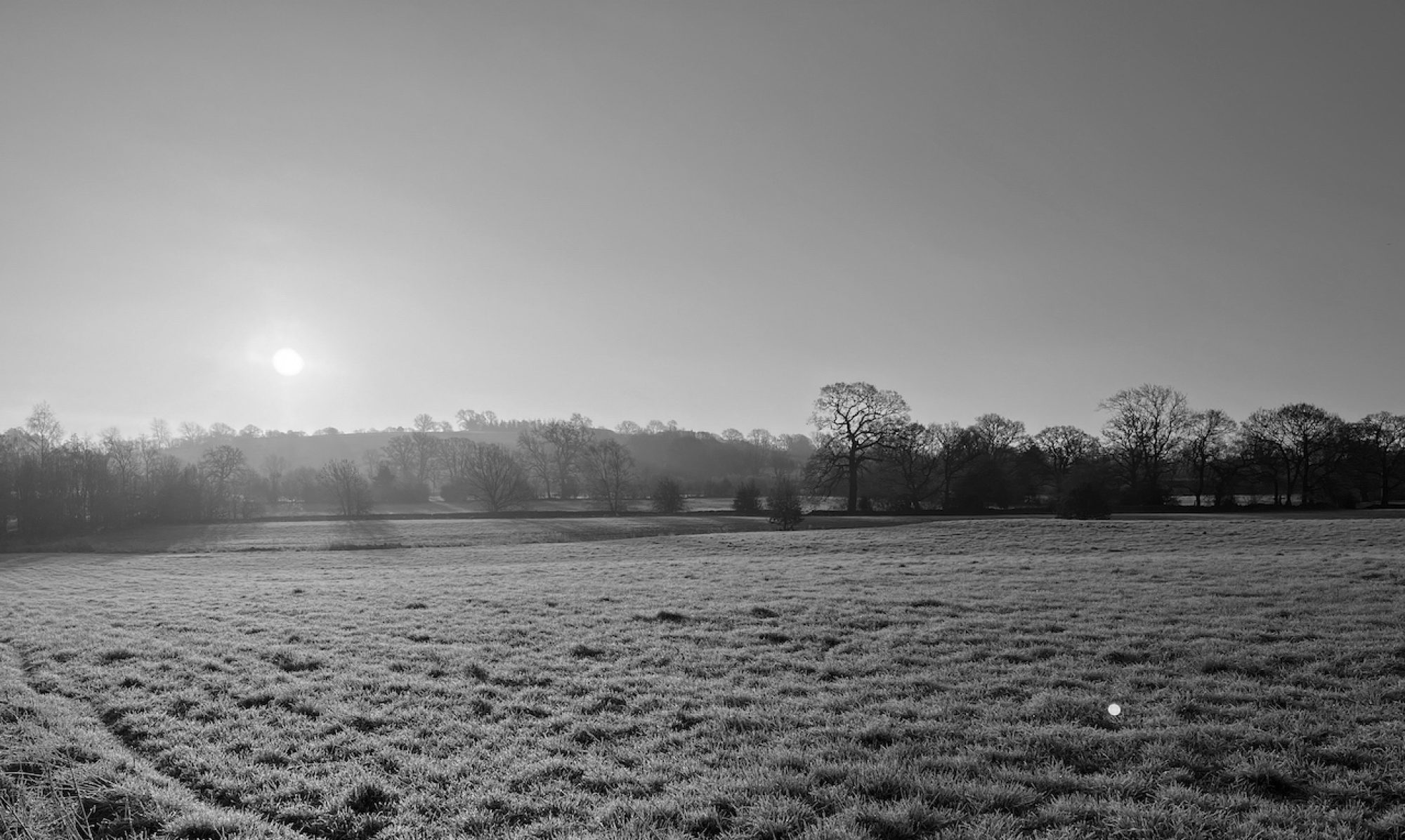Today is the 50th anniversary of the first Earth Day. Half a century on and we still mark it, because the need has never been greater.
Our species has an unending appetite for accruing wealth and material goods. In providing many of the products and services that we all buy and consume, many of our businesses depend on what the Earth provides for us.
Earth gives us everything we need. It keeps giving. And we keep taking. More and more of us, all wanting more. It’s not really been a problem until recently. In fact, we’ve not even really thought much about it until recently. But the rate at which we’ve been taking what the Earth gives us is greater than the rate at which everything is replenished. As well as gobbling up its assets, what we call its “natural capital”, we’re also littering it with all the stuff we don’t want and damaging it with the by-products of our industrious activities, the stuff we put onto the land and into the air.
We hear almost daily about deforestation and the collapse of fisheries, about the loss of pollinating insects, freshwater habitats, and the topsoil in which our crops grow. And whilst many of the headlines focus solely on climate change, the loss of nature goes hand in hand.
Natural capital can be thought of as the stocks of natural ecosystems that yield a flow of ecosystem goods or services into the future. Think of a forest. From forests we get a flow of many different goods and services such as timber, foods, water flow regulation, carbon storage, and recreational activities. The forest is natural capital.
Ecosystem goods and services can basically be defined as “the benefits provided to human society by ecosystems”. They flow from stocks of natural capital.
Ecosystem goods are the tangible, material products that are produced by ecosystems, and they have direct market values.
Ecosystem services are the intangible processes and functions of ecosystems that directly and indirectly benefit humans, but don’t have direct, tangible market values.
We basically get 4 types of ecosystem services from nature:
- Provisioning services that give us our food, water, medicines, and materials.
- Regulating services that make sure we can breathe good clean air, drink safe water, minimise the impact of diseases, pests, erosion, and natural hazards, and that our crops are pollinated.
- Supporting services that make sure that all other types of service are possible.
- Cultural services that give us all the non-material, less tangible benefits that flow from ecosystems and contribute to human well-being, be they recreational, spiritual, or aesthetic.

(https://www.worldwildlife.org/pages/living-planet-report-2016)
So, what’s the problem?
Economic growth has come at a heavy cost to the planet’s natural systems. We all rely on natural capital – it’s our atmosphere, our oceans, our ecosystems, rivers, farmland, territorial waters, air, and minerals. We depend on the goods and services this natural capital provides. They are essential to civilization. They are the food in our cupboards. The clothes we’re wearing. The water we drink. The things we make or build. The places we go and enjoy. The medication we take. The air we breathe. They pollinate our crops, control pests, regulate our climate, and provide and filter our water.
But they are all typically unpriced which, at best, means they are economically under-valued, and many of the impacts we have on stocks of natural capital currently bear no cost.
None of this has really been a visible problem to date because our economies have been generally growing for decades as we’ve been converting large parts of our planet to maximise the flow of specific goods and services. We’ve been harvesting the planet’s resources without hitting its limits. It’s only around now that we are starting to see that limits have been reached and our consumption of resources has been greater than the rate of replenishment.
Have you heard about Earth Overshoot Day? It’s a specific day each year when our consumption of the planet’s resources is estimated to exceed the amount that the Earth replenishes over the course of a year. By the end of my first year of life, the overshoot day in 1970 was December 29th – we were only just taking more than the Earth could replace. But by the time I had turned 50 last year it was July 29th, meaning we need approximately 1.75 identical Earths just to replace what we consume.

Earth Overshoot Day has its critics and it’s certainly a headline grabber, but it does articulate out impact on the planet in a context we can all understand.
Because we don’t traditionally put monetary value to what nature gives us, we find ourselves with a serious flaw in the economic logic on which the global economy is built. We have basically valued the products and services that we rely on from nature, which are derivatives, higher than the source of those products, which is natural capital.

“The source of wealth is the functional ecosystems. The products and services that we derive from those are derivatives. It’s impossible for the derivatives to be more valuable than the source. And yet, in our economy now, as it stands, the products and services have monetary values but the source – the functional ecosystems – are zero. So this cannot be true. It’s false. We’ve created a global economic institutions and economic theory based on a flaw in logic. So if we carry that flaw in logic from generation to generation we compound the mistake.”
Dr. John D. Liu, “Green Gold”, 2012.
(Picture source: Source: Google Images)
The World Economic Forum reported this year in their Global Risks Report, for the first time, that the top 5 global risks all come from a single category: the environment. They are:
- Extreme weather.
- Climate action failure.
- Natural disasters.
- Biodiversity loss.
- Human-made environmental disasters.

(https://www.weforum.org/reports/the-global-risks-report-2020)
The current COVID-19 pandemic also moves a 6th global risk up the charts. Intact nature gives us a buffer from all the nasties in the wilderness. But we are increasingly going where we’ve not been much. We’re bringing things out that we haven’t brought out much. We’re eating things we haven’t previously eaten much. And we’re forcing animal life to seek out new homes after we’ve destroyed their existing ones. Our destruction and conversion of nature provides wonderful new opportunities for these nasties to come into contact with more of us for the first time. When one element in a complex and interconnected ecosystem becomes destabilised, all sorts of unintended consequences serve to remind us of our dysfunctional relationship with nature. It’s pretty much as simple as that.
In January, the World Economic Forum also produced a wonderful report with the help of PWC called “Nature Risk Rising”. Their research has found that more than half of the world’s total GDP is moderately or highly dependent on nature and its services. That’s $44 trillion of economic value generation. Nature decline and climate change basically mean that all of this GDP is exposed to all of the risks associated with this loss of nature and the impacts of climate change.

(https://www.weforum.org/reports/nature-risk-rising-why-the-crisis-engulfing-nature-matters-for-business-and-the-economy)
If we look at regional economies in this report, we find that between about 46% and 60% of those economies are highly or moderately dependent on nature and the goods and services that flow from it.
In the UK alone, our own Office for National Statistics calculated as far back as 2011 that our national stock of natural assets had an annual economic value of £1.6 trillion.

But should we be putting a price on nature? Does nature not have a purely intrinsic value? Critics argue that valuing nature in economic terms can put corporate and investor interests over human needs, exposing nature and biodiversity to the unpredictable and turbulent behaviour of markets in which values constantly change over short and long timescales.
The reality is that we are part of a liberal, market driven economy whether we like it or not, and every one of us contributes to an ever-growing consumer demand for goods and services. The monetary valuation of nature and the ecosystem goods and services it provides at least meaningfully articulates the importance of nature’s benefits to humans in terms and metrics that are meaningful to businesses, economists, and policy makers.
Given the prevailing global economic system, valuing ecosystem services in terms of their monetary value should ensure their conservation and sustainable use, although this should also be accompanied by non-monetary valuations, ethical, and moral considerations.

The limits to natural capital and the services that flow from stocks of it mean that taking nature for granted can have serious economic consequences as well as existential ones. Our global economy, our finances, our food, drink, fuel, shelter, our health and well-being, and our stability are wholly dependent on the nature that we’ve been particularly efficient at destroying.
Of course, wherever there is risk, there is opportunity. By understanding our dependencies on nature, businesses can mitigate those risks and identify and create new value by working more closely with natural capital in a sustainable way. There is an important and exciting role for businesses to play in this journey and innovation that has the potential to truly drive change.
Happy Earth Day 2020.



























